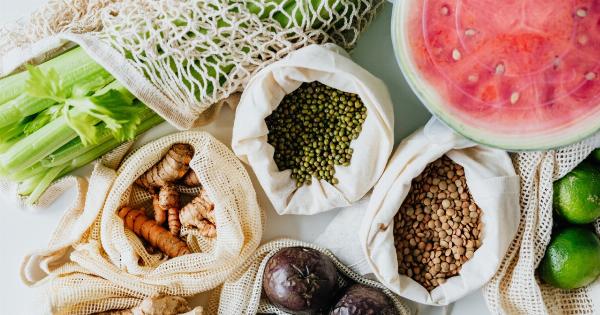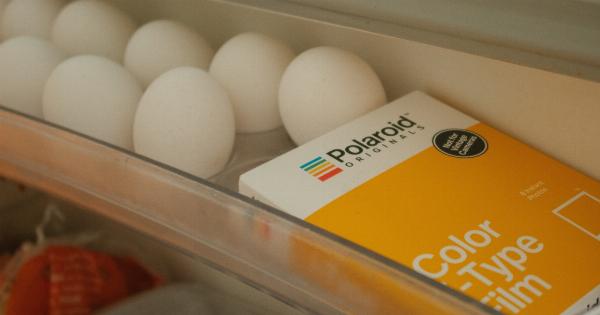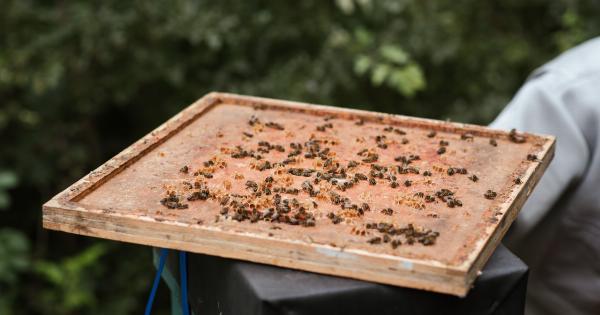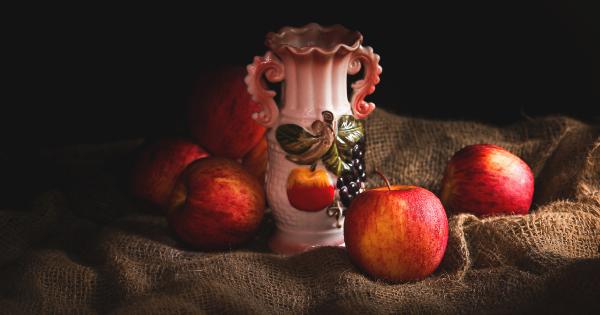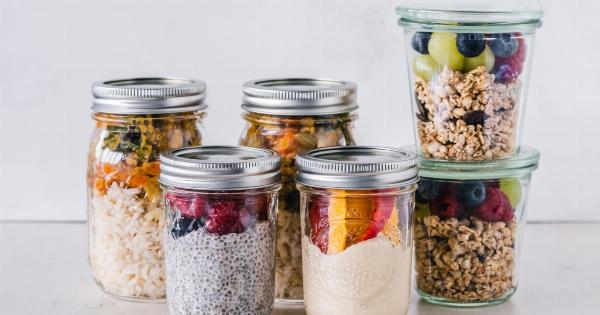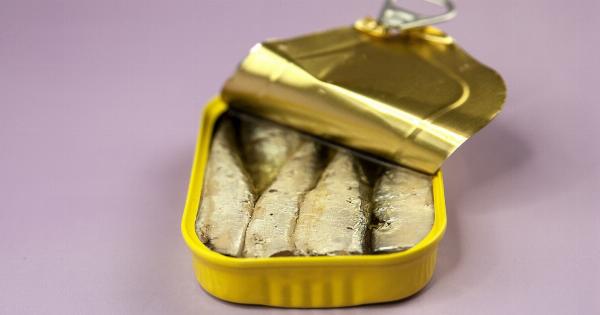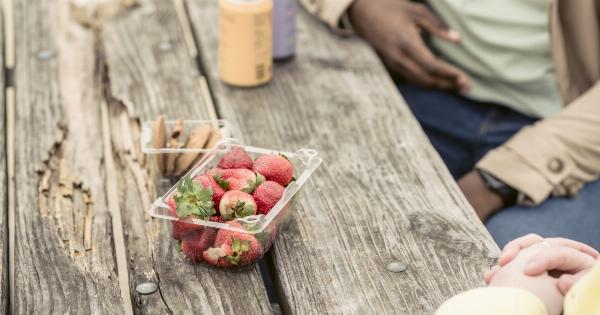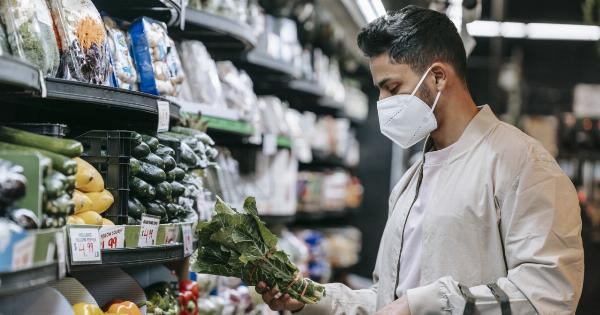Freezing is a convenient way to extend the shelf life of many foods. It allows us to save leftovers, buy in bulk, and preserve seasonal produce. However, not all foods are suitable for freezing.
Certain foods can lose their texture, flavor, or nutritional value when frozen. In some cases, freezing can even be dangerous. In this article, we will discuss ten foods that you should avoid freezing.
1. Eggs
While it is possible to freeze eggs, it is not recommended to freeze them in their shells. Freezing uncooked eggs can cause the shells to crack and potentially introduce bacteria.
Instead, beat the eggs until well mixed, and store them in an airtight container. This will help maintain their quality and texture once thawed. Hard-boiled eggs, on the other hand, can become rubbery and develop an off-flavor if frozen.
2. Mayonnaise
Mayonnaise is a popular condiment, but it does not fare well in the freezer. Freezing can cause mayo to separate, resulting in an unpleasant texture and taste.
If you want to preserve mayo-based dishes, it is best to freeze them without the mayo and add it after thawing.
3. Leafy Greens
Freezing leafy greens like lettuce, spinach, or kale can turn them limp and mushy. These vegetables contain a high water content, and freezing causes ice crystals to form, damaging their cellular structure.
It is advisable to consume leafy greens fresh or consider blanching them before freezing to retain their texture and color.
4. Citrus Fruits
Citrus fruits such as lemons, oranges, and grapefruits are best enjoyed fresh. Freezing these fruits can cause their membranes to rupture and release excess moisture. As a result, the texture can become mushy and the flavor altered.
Instead of freezing whole fruits, it is better to juice them and freeze the juice instead.
5. Cucumbers
Freezing cucumbers leads to a significant loss of texture and crispness. The high water content in cucumbers causes the cell walls to break down when frozen, resulting in a soggy and unappetizing vegetable upon thawing.
If you have excess cucumbers, consider pickling them or using them for fresh salads.
6. Cooked Pasta
Pasta dishes are a go-to option for freezing meals, but it’s important to note that cooked pasta can become mushy in the freezer. The freezing process can cause the pasta to absorb excess moisture, making it soft and clumpy when thawed.
Instead, consider freezing pasta sauces separately and cooking the pasta fresh when you’re ready to eat.
7. Fried Foods
Delicious fried foods like French fries or chicken tenders may lose their crispy texture when frozen. Freezing causes the moisture inside the food to turn into ice crystals, disrupting the crispy exterior.
While you can reheat fried foods, they may not regain their original crispiness, leading to disappointment.
8. Cream-Based Soups and Sauces
Cream-based soups and sauces, such as those made with dairy or heavy cream, tend to separate and become grainy when frozen. Upon thawing and reheating, these dishes can lose their smooth and velvety texture.
If you want to preserve creamy dishes, consider making them fresh or opting for alternative ingredients that freeze well.
9. Yoghurt
Yoghurt contains live bacteria cultures that can be affected by freezing and thawing. The freezing process can kill these bacteria, leading to changes in taste and texture. Frozen yoghurt can become grainy and develop a watery consistency.
Instead of freezing yoghurt, try making popsicles or incorporating it into smoothies.
10. Certain Vegetables
While many vegetables can be successfully frozen, some types do not freeze well due to their high water content and delicate structure. Examples of these vegetables include radishes, cucumbers, celery, and sprouts.
Freezing can cause them to become limp, mushy, or lose their flavor. It is advisable to blanch these vegetables before freezing to help maintain their texture and quality.




